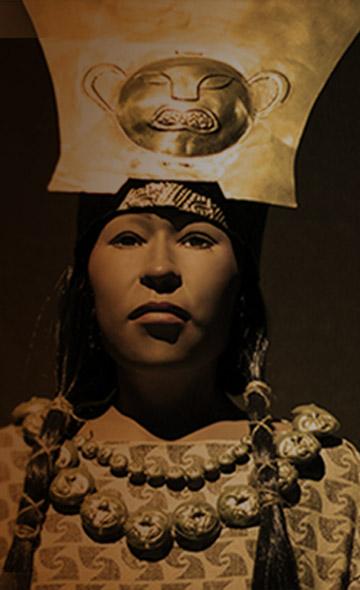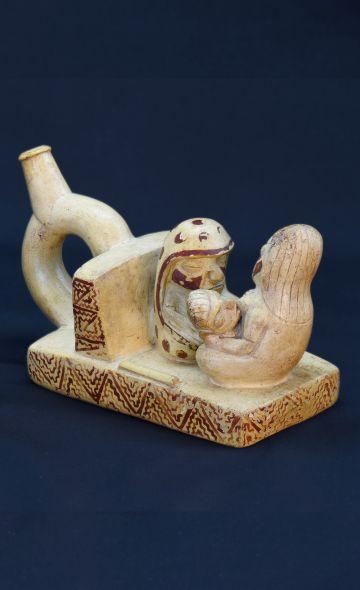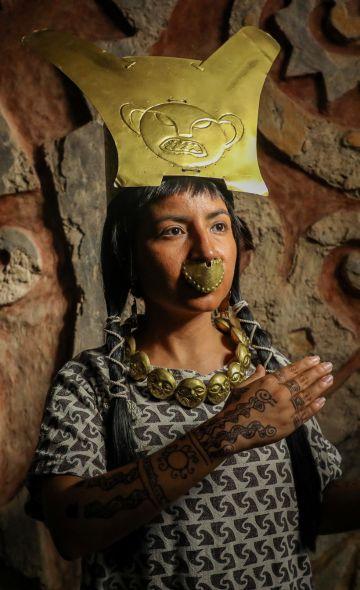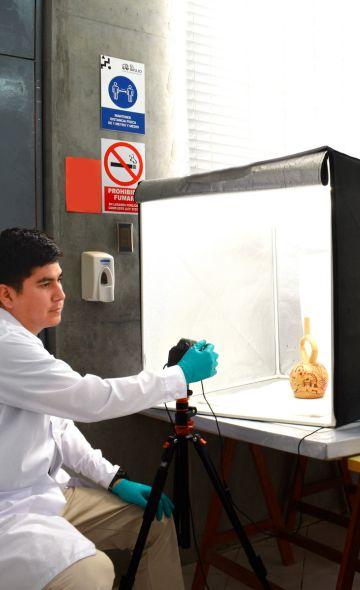- Visitors
- Researchers
- Students
- Community
- Information for the tourist
- Hours and fees
- How to get?
- Visitor Regulations
- Virtual tours
- Classic route
- Mystical route
- Specialized route
- Site museum
- Know the town
- Cultural Spaces
- Cao Museum
- Huaca Cao Viejo
- Huaca Prieta
- Huaca Cortada
- Ceremonial Well
- Walls
- Play at home
- Puzzle
- Trivia
- Memorize
- Crosswords
- Alphabet soup
- Crafts
- Pac-Man Moche
- Workshops and Inventory
- Micro-workshops
- Collections inventory
- News
- Researchers
- The offerings in the tomb of the Lady of Cao
News
CategoriesSelect the category you want to see:
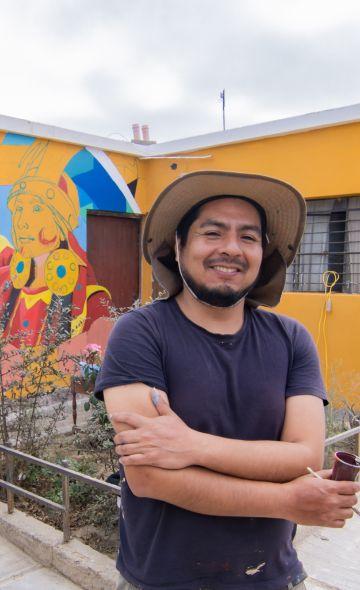
Magdalena de Cao to Once Again Host an International Mural Art Gathering ...
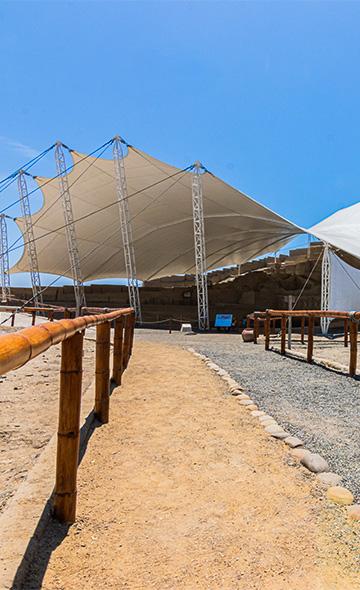
Explore El Brujo Through Virtual Tours: Culture and History at a Click ...
To receive new news.
By: Jose Ismael Alva Ch.
By Jose Ismael Alva Ch. Throughout human history, the treatment of the dead has been one of the most recurrent social behaviors. The dead always deserve some treatment that varies according to the uses and customs of the peoples. In the pre-Hispanic Andes, burial practices had a certain diversity according to the time, the region and the cultural group.
In societies such as the Moche, on the North Coast of Peru, the position held by a deceased person could determine the treatment received by his inert body and the offerings with which he/she was accompanied. However, one must bear in mind that the treatment of the dead was carried out by the mourners, their close social entourage; who, by their cultural code, could consider the deceased in a way not necessarily the same as what it was while alive.
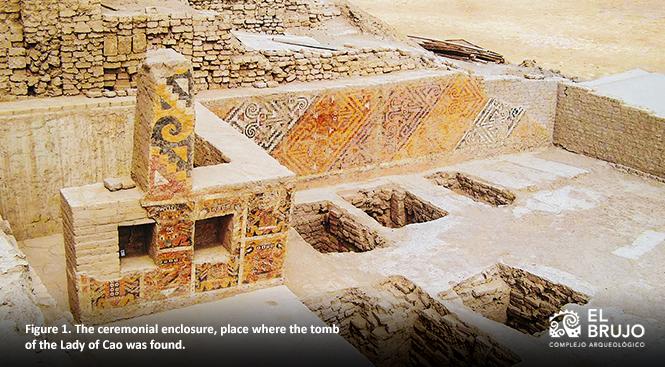
In 2004, the discovery of the tomb of the Lady of Cao was one of the most important archaeological events in the study of the Andean past, as it was the huge funeral bundle of a female personage belonging to the Moche elite in a good state of conservation.
At the time of her death, between the IV and V centuries AD, the body of the Lady of Cao was covered with cinnabar powder (mercury sulfide) and carefully wrapped by a complex series of 22 layers of cloth and cotton fibers, which in turn contained fine paraphernalia. All these layers were organized in three stages until completing a final bundle 181 cm in length, 75 cm in width and 42 cm in thickness; with a total weight close to 120 kilos.
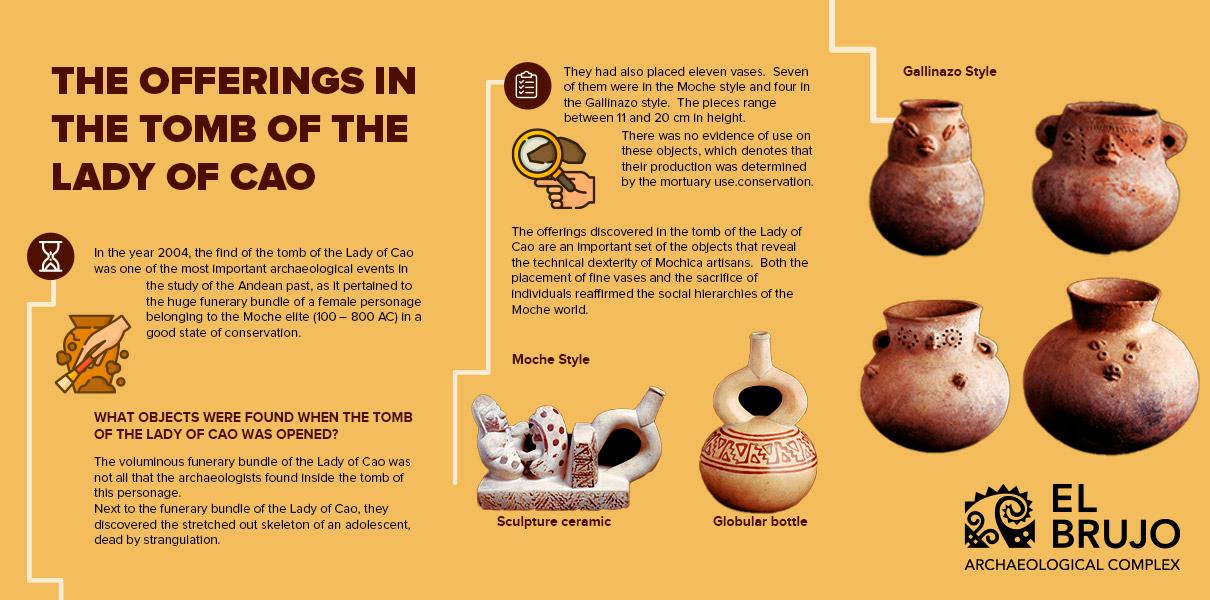
What objects were found when opening the tomb of the Lady of Cao?
The voluminous funerary bundle of the Lady of Cao was not the only thing that archaeologists found inside the tomb of this personage, as it was also possible to identify and recover the body of an adolescent individual and several ceramic vessels with good finishes.
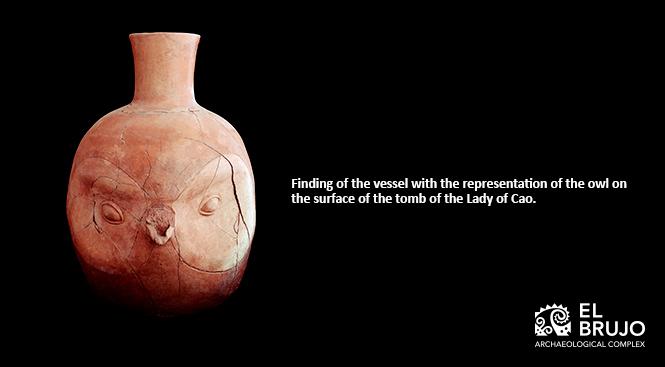
One of the first ceramic pieces found in the Tomb of the Lady of Cao was a jug with the representation of an owl, whose opening protruded from the surface of the burial pit. The particular position of this vessel highlights its use as a container for the offering of liquids, probably chicha (corn-based drink), after the burial of the deceased personage. The representation of the owl on the vessel is highly suggestive because in the Moche world this nocturnal bird is linked to the funeral ritual of the preparation of the ancestor's body.
After removing a series of layers of adobe, cane structures, wooden logs and earth, the archaeologists reached the floor of the tomb, located 3 m deep. Next to the funerary bundle of the Lady of Cao, they discovered the extended skeleton of an adolescent male, killed by strangulation, using a reed rope that he still had around his neck. After being sacrificed, the young man's body was wrapped in a plain cloth blanket, an austere treatment compared to the elaborate crafting of the funeral bundle of the main personage.
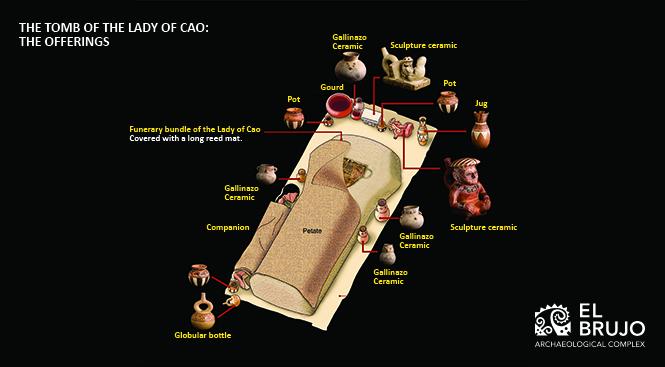
Eleven vessels were placed around the bodies as offerings to the tomb; seven of them were in the Moche style and four in the Gallinazo style. The pieces measure between 11 and 20 cm in height, so they were easy to handle. These objects had no evidence of having been used, which denotes that their production was determined by their mortuary use.
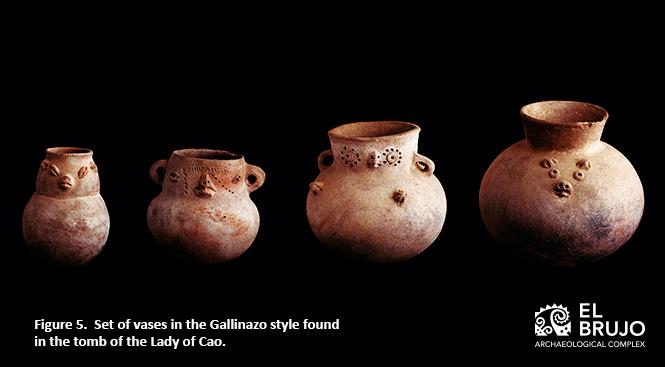
Traditionally it has been affirmed that Gallinazo ceramics were the predecessor of the Moche ceramics; However, the growing documentation of pieces of both styles in the same archaeological contexts, as in the case of the tomb of the Lady of Cao, has caused these chronological relationships to be reconsidered as contemporary, at least during the first phases of the Moche style.
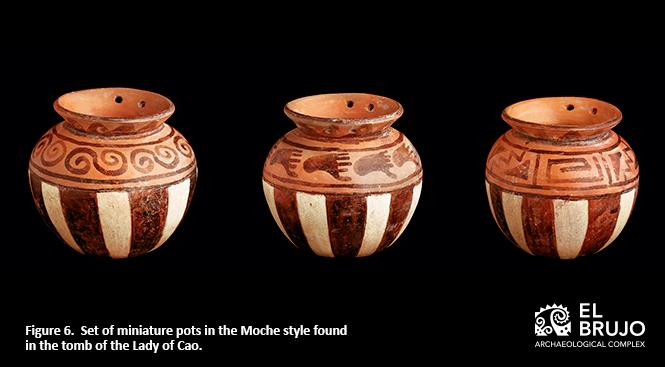
Among the Moche-style vessels, two sculptural bottles that are currently on display at the Cao Museum stand out. The first one represents a seated personage with a headdress, which had inlays in the eyes, a necklace and two bracelets. The other piece is made of kaolin (white clay) and represents a female folk healer who wears a cloak in the shape of a pallar (lima bean). This personage is placing her hands on the body of a girl who is held by a woman who could well be her mother. This scene of curandería (folk healing) is unique, because it is the first time that it has been found in an intact funerary context and it allows us to establish its connection with the personal history or the activities carried out by the Lady of Cao.
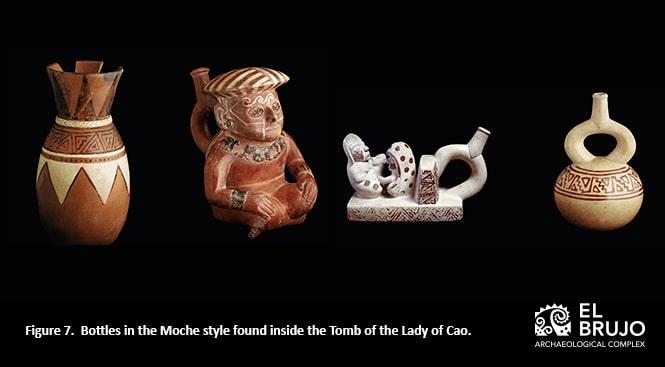
The offerings discovered in the tomb of the Lady of Cao are an important set of objects that reveal the technical dexterity of the Mochica artisans and the dedication given to the funerary event of the main personage. Thus, the placement of fine objects and the sacrifice of individuals reaffirmed the social hierarchies, naturalized through the funeral rite in the Moche world.
Bibliography
• Hocquenghem, A-M. (1987). Mochica iconography. Lima: Pontificia Universidad Católica del Perú.
• Mujica, E. (Ed.) (2007). El Brujo. Huaca Cao, Moche Ceremonial Center in the Chicama Valley. Lima: Wiese Foundation.
Researchers , outstanding news


